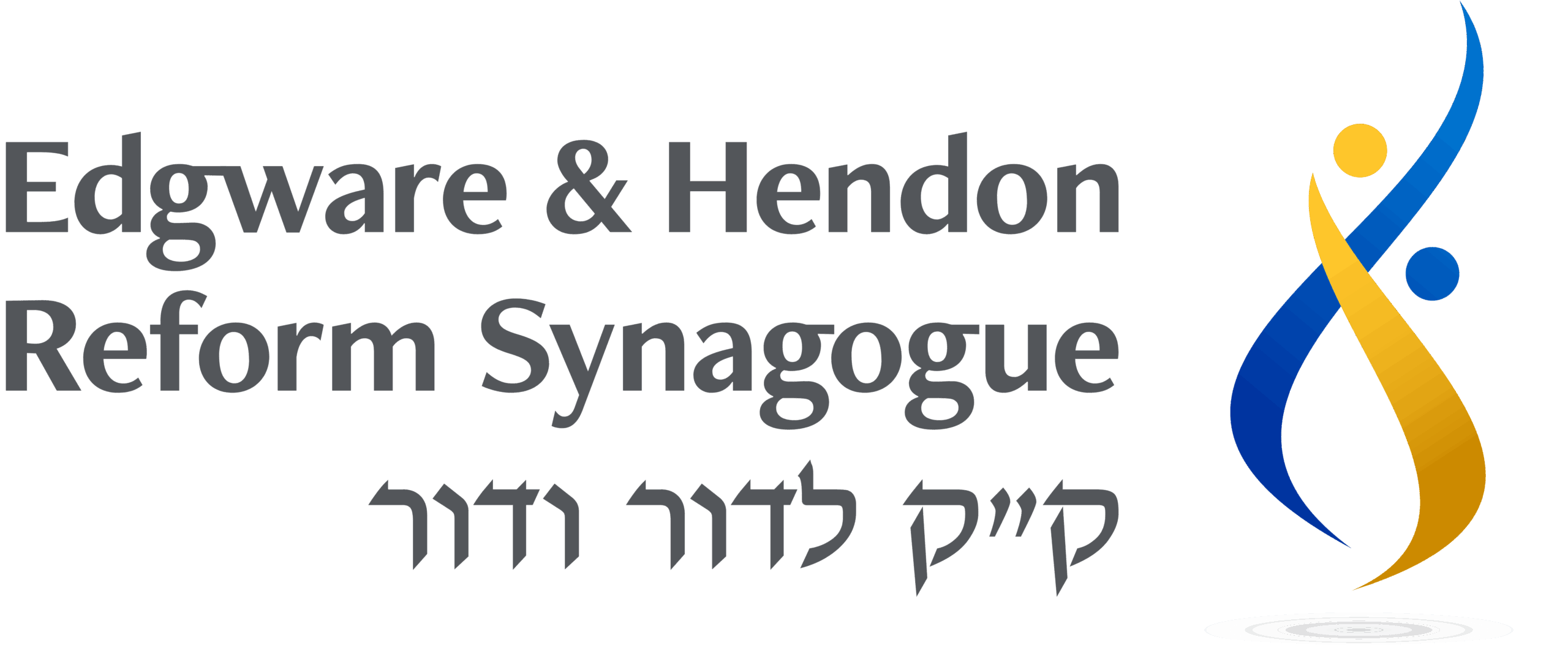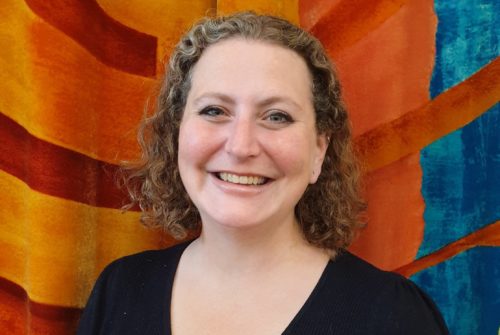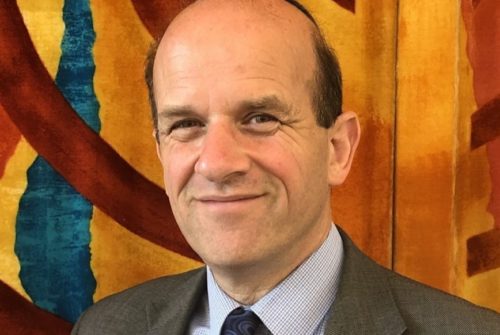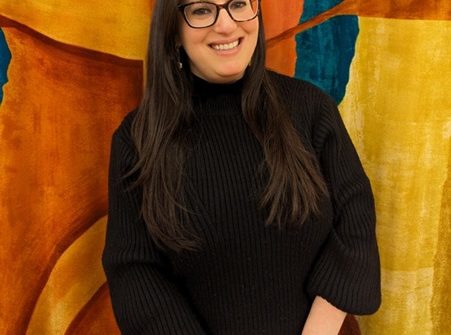When I gained Semichah from Leo Baeck College, in 1996, it was at a time when pretty much all rabbis wore robes to lead services, just as our Emeritus Rabbis Danny Smith, Steven Katz and Neil Kraft z’’l always did here at EHRS. So I was sent off to get my own set of robes as the last action of my initiation as a Rabbi. I was advised that the best place to go is a clergy outfitters called J Wippel and Company. It is a wonderful place straight out of Diagon Alley in Harry Potter where clergy of all types are measured up for their robes, copes, mitres, berettas, cassocks and rochets and many other items whose identity was a mystery to me. J Wippel and Company have been trading from Tufton Street in Westminster since 1789. I was told to ask for a protestant preaching gown in black for regular services and white for the high holydays, this being the most appropriate garment for a Rabbi apparently.
I carried on wearing a black robe for regular services for my first three years in the Rabbinate but stopped wearing it when I moved from Woodford Progressive Synagogue to Finchley Progressive. No one seemed to mind. Perhaps no-one wanted me to preach like a protestant minister. But I did continue to wear the white robe for the High Holy Days.
That robe was retired about 10 years ago and exchanged for what I wear today – a kittel, the simple linen robe or in my case cotton which has a long tradition of use on the High Holydays and I must say is rather more comfortable than my original heavy woollen robe. It does have one disadvantage through which is that when I changed over to this style of Yom Kippur dress my children, Alice and Miriam said I looked like a character out of a nursery rhyme, then again one child in Finchley Progressive told me I looked like an angel in my original white robe!
This kittel, in common with all that are described as such, has a few important features that make it the ideal clothing for Yom Kippur. Number one it is white, the traditional colour of clothing for this day when as it says in the Book of Isaiah 1:18 ‘Our sins shall be made as white as snow.’ Secondly it has no pockets as on this day we come to Synagogue with nothing but ourselves and we leave with nothing but ourselves purified. Today is not about possessions, devices, accessories. It is about each person in their simple self.
This Kittel has other uses in Jewish life – in different Jewish communities and at different times. If you have seen Fiddler on the Roof in the film version you see Tevye the Milkman wearing it to bless his daughters at Shabbat dinner – no pockets, purity it’s Shabbat. Many Jews wear a Kittel if they are leading a Seder – if you want to be brave enough to leave slavery you can’t stop to load up with possessions, and you will be stepping into a new blank future. Some bridegrooms wear a Kittel to match the bride on their wedding day – no pockets – this marriage is just for who we are symbolised with the simplest round unadorned wedding ring. Finally there is a well observed tradition for a Jew to be buried in their kittel – we came to the world with nothing, we leave the world with nothing, we came to the world pure, we leave the world with the purity of taharah, Jewish ritual cleansing.
This last wearing of the Kittel is thought to be the main reason why it is worn on Yom Kippur. There is a striking resemblance between the final words of Yom Kippur – Shema Yisrael and Adonai Hu HaElohim which we will hear at 8:02 tonight and the last words a Jew is asked to say or have said for him or her on their deathbed. They are the same.
It is as if on Yom Kippur we experience a mini-death and come back to life again, partly symbolised by the wearing of the Kittel, but also by the Torah portion we hear on Yom Kippur morning where Moses almost sees God but lives to tell the tale, by the telling of the experience of the High Priest in the Musaf service who comes so close to death in the Holy of Holies and emerges alive and triumphant, by the Yizkor service when we feel so close to those we have lost, by the abandonment of food and luxury on this day which like death makes us all equal for a day.
Yet this kittel and the transformation of our Synagogue, our reading desk and our Sifrei to bright white is a beautiful and hopeful thing. Our Rabbis lose their personal identity and blend in with the feeling of the day in their variations of white clothing as can any Jew who chooses to observe this tradition. We come to life this day.
Rabbi Eliezer in Talmud told us to repent today and every day as if it is the day before your last (Shabbat 153a). Just suppose then this day of Yom Kippur is to be lived as if we are truly taking account of our lives, what would we do? After this horrendous eighteen months when none of us is untouched by those who lost their lives during the pandemic this is surely the time to do so.
My colleague Rabbi Greg Alexander in Cape Town wrote about a book called ‘The Top Five Regrets of the Dying’, written by an Australian nurse called Bronnie Ware, who had spent her career in palliative care, working with patients in the final stages of their lives. Over the course of her time with these patients, she began to note trends in the ways that the dying spoke about and reflected upon their lives, and she compiled a list of the top five regrets people in hospice express on their deathbed.
Here is that list now:
- I wish I’d had the courage to live a life true to myself, not the life others expected of me.
On the cusp of death, people see their lives with a kind of clarity that generally otherwise eludes them. And what do they see?
Unfulfilled dreams. Unnecessary sacrifices. Time wasted, as we undermine ourselves trying to please others.
- I wish I hadn’t worked so hard.
Many of Ware’s patients spoke about work as a treadmill that they just couldn’t step off.
- I wish I’d had the courage to express my feelings.
The dying speak of having lived in fear – of working to suppress their instincts and feelings in order to appease others and not stir things up. “As a result,” Ware says, “they settled for a mediocre existence and never became who they were truly capable of becoming…”
- I wish I had stayed in touch with loved ones.
On their deathbed, people talk about the ones who got. The relationships that we devoted heart and soul to over many years, which faded into obscurity when life got busy. As Ware says: “Everyone misses their friends when they are dying.”
- I wish that I had let myself be happier.
This is all about being stuck. Stuck in a broken relationship, stuck in a destructive pattern or dynamic. Imprisoned by habits that ought to have been left behind years ago. Stuck in a script and suppressing, for a lifetime, our real longing.
After years of working with the dying, Ware’s research indicates that – without some dramatic intervention – most of us will die with regret – personal, relational, spiritual.
It is the extraordinary annual opportunity given to everyone who observes Yom Kippur to live today as if it is the last day of these destructive habits. Indeed today is the last day of any of our behaviours that we know to be wrong and to come out of the day ready for life, casting off the white kittel back into our multi-coloured and confusing lives.
Yom Kippur gives every Jew who grasps the opportunity the real possibility of not living with regret. We can change to the truest and best version of ourselves.
Rabbi Greg offers five affirmations to take us forwards which are the flipside of the regrets he wrote about:
- I have the courage to live a life true to myself, not the life others expect of me.
- I can LOVE my work…and yet know when I have worked enough and it’s time to play.
- I have the courage to express my feelings.
- I can and will make time to keep in touch with the people that I love.
- I give myself permission to be happy.
When we reach the end of Yom Kippur the style of our music changes. From El Nora Alilah, the song which begins Neilah onwards our music tells us that we are returning to life. The final gesture of Yom Kippur, the Havdallah which will take place at 8:02 when those who can wait five more minutes for food will go out to our Sukkah to light the Havdallah candle and drink a first sip of wine to say that that Yom Kippur is now truly over. But there will be one element missing from a regular Shabbat Havdallah. We will not smell the spices that are normally part of the ritual.
We won’t do so because as Maimonides wrote (Rambam, Hilchot Shabbat 29). on Yom Kippur, the soul is not in pain at the end of the day ‘for Yom Kippur makes atonement at nightfall and the soul is at ease’, there is no need for spices like there is on Shabbat when the soul of the special day is departing.
Dedicate today to what will make you feel alive in the coming year – to avoiding regret but affirming the positive in life. Sin matters, the things we know we have done wrong and there are plentiful opportunities to confess them through our traditional prayers. But there are also multiple opportunities to day to choose life – u’vcharta be chaim. On Yom Kippur choose life. Be sure that when you are again dressed in white at Tahara at the end of your life, you can feel the joy of Yom Kippur Havdallah because you will have lived your life being true to the best in yourself.



